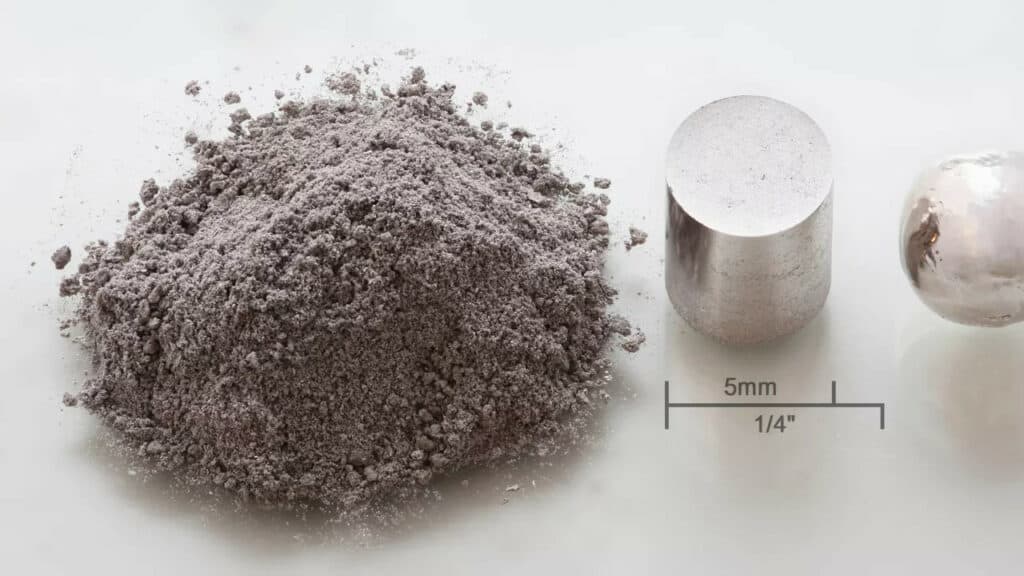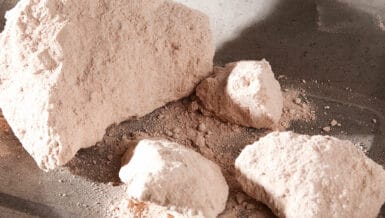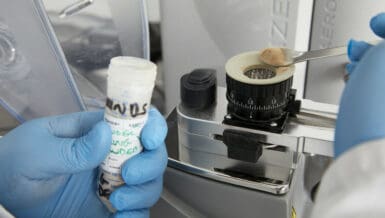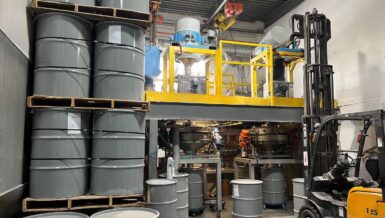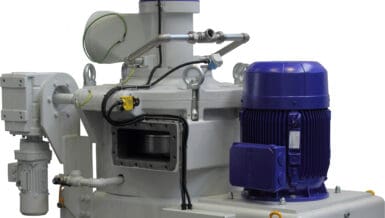Process Refinement for Diverse Materials:
Varied materials demand distinct treatment. Consider metal powder compaction, where applying substantial pressure precedes sintering—a vital step that bonds metal particles. The composition of the powder significantly shapes the entire process and ultimately defines the properties of the final product. Optimizing particle size distribution through air fraction reduction and subsequent milling is instrumental in achieving desired compaction outcomes.
Particle Characteristics: Size, Shape, and Impact:
The distribution of particle sizes significantly governs the efficiency of compaction. A narrower distribution streamlines compression, facilitating precise pressure application and uniform packing. Conversely, broader distributions pose challenges, as smaller particles disrupt optimal packing, hindering desired density and uniformity.
The shape of particles equally influences the characteristics of the compacted product. Regularly shaped particles facilitate tighter packing, resulting in heightened densities and superior strength. Conversely, irregular shapes create voids within the structure, compromising density and overall strength. Understanding the role of particle morphology is critical to optimizing process parameters for ideal outcomes.
Understanding Particle Stress Dynamics:
Compressive, shear, and tensile stress play critical roles in reshaping particles during compaction. The control of compression rates becomes crucial, directly shaping the density and strength of the final product. Environmental factors, including temperature and humidity, add complexity by influencing interparticle forces and friction, thus ultimately affecting the microstructure and properties of the end product.
Optimized Compaction Equipment:
The choice between hydraulic and mechanical presses significantly influences the final product’s attributes—hydraulic presses offer flexibility and uniform compaction density, excel, especially in high-volume production scenarios. Conversely, mechanical presses cater to diverse material requirements with variable plunger speeds and force application.
Beyond press types, nuanced factors such as die design, material selection, lubrication, and integrating heated platens profoundly impact the compaction process and resultant part strength. Automation further ensures precision at every stage of compaction, refining the quality of the final product.
The Evolutionary Trajectory of Compaction:
Advancements in powder technology have spearheaded industrial efficiency and product quality. Precise control over particle characteristics guarantees consistent shapes, elevating reliability and performance across multifaceted applications.
Future developments promise to redefine compaction methodologies by delving deeper into material characteristics and advancing press technologies. This evolution foresees heightened control over material behavior during compaction, paving the way for highly customizable and sustainable manufacturing solutions tailored to meet the ever-evolving demands of industries.
In summary, the evolution and in-depth understanding of powder compaction techniques are fundamental to achieving precision, consistency, and adaptability in industrial engineering. These techniques offer a pathway toward finely tailored and sustainable manufacturing practices, marking a significant stride in the field.




